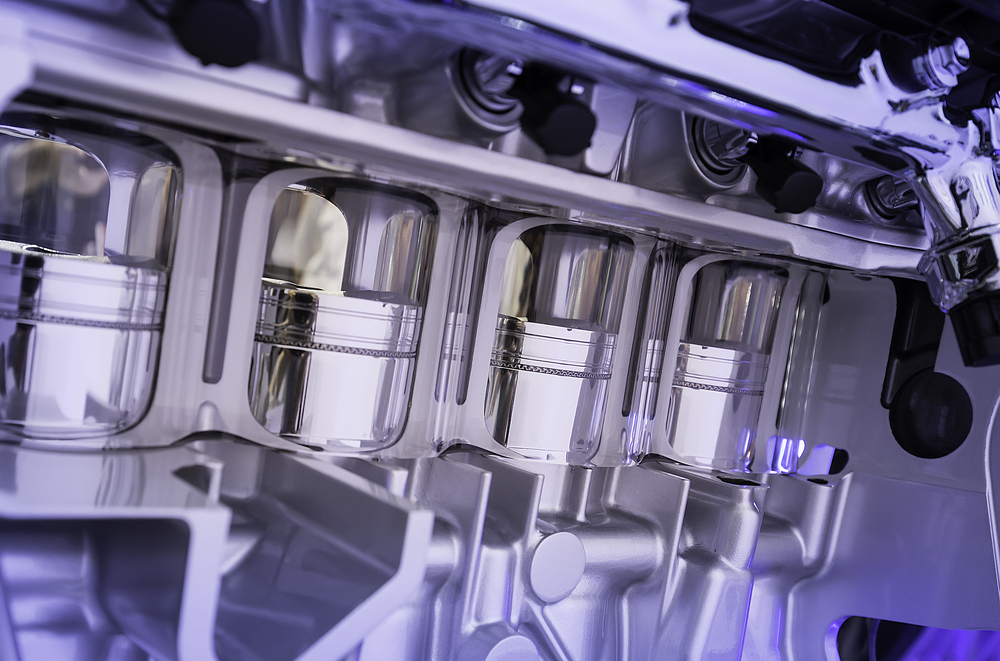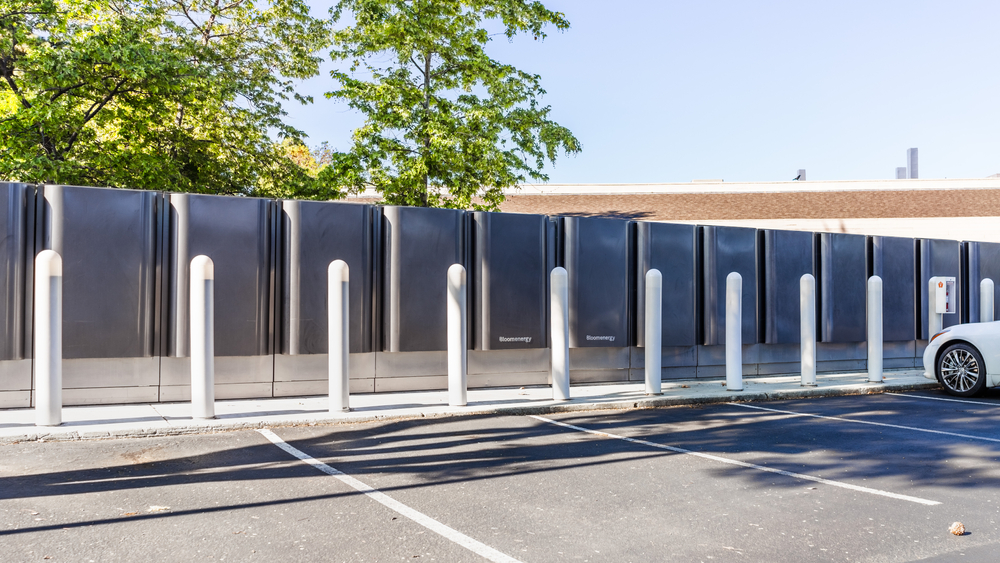With Electric Vehicles (EVs) gaining traction, it’s only a matter of time before EV manufacturers turn to range extenders to resolve range anxiety among would-be buyers. New technologies may also slash production cost, which is a plus factor for manufacturers.

Traditional range extenders have never really caught on in the past, with few automakers taking to the technology for their EVs as consumers stuck to their internal-combustion engine (ICE) cars for their refuelling convenience. The range extender for early EV models comprised an electric drivetrain and an ICE. The electric motor drives the car and the role of the ICE is that of a small generator used to only charge the batteries to ‘extend’ the EV’s range.
With the EV being aggressively touted as the leading platform for the future of automobiles, more drivers are switching their ICE cars for EV cars. In addition, battery technology for EVs has advanced markedly over the years. Hence, car manufacturers have managed to improve the range of EVs, allaying the worries of range limitation — but at a premium.
Range anxiety still presents a major stumbling block to many would-be EV buyers, so automakers have come up with battery packs that are available in extended ranges of between 400km to 600km. These are great for consumers who actually travel that much on a daily basis. The truth is that drivers around the world average between 25km and 55km a day only, with Singaporeans clocking in at the higher end, at an average of 49km to 55km. A battery pack that provides all that extra range is there to give drivers the assurance that they will not run out of juice unexpectedly, and that they will not have to look for a charging station repeatedly.
While automakers have managed to eliminate range anxiety, these long-range EVs come at a cost, which could affect EV sales because the price point is too high, especially for the entry-level segment.
This, however, presents a great opportunity for range extenders to make a comeback in a bigger and better way. To keep costs down and yet provide range assurances, these extenders can now be paired with smaller battery packs into a more affordable package for would-be EV buyers.

The structure of the electric platform is completely different from that of an ICE-based one. Developers are looking at a fully zero emission range extender without the need for an ICE backup. In Europe, they have developed solid-oxide fuel cells (SOFC) range extenders that run cleanly with very low emissions; they are also more efficient than traditional ICE range extenders, and are easy to integrate into EV automakers’ existing set-ups. Taking up less space and weighing less, these extenders can easily support automakers in their quest to offer long-range EVs without the costly battery pack to go with it. The range extender can easily support a smaller battery pack to match the performance of a larger and more costly battery pack.
At present, these fuel cell-based solutions are available in commercial EVs, but automakers are already looking to apply it to their passenger car EVs in the future. This renewed interest in range extenders could lead to other new possibilities for range extensions, which can only mean better days ahead for the EV.



